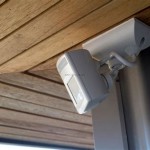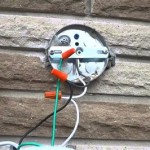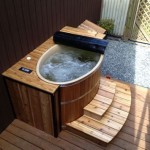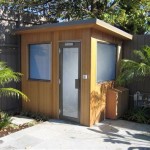Essential Aspects of Photo Sensors for Outdoor Lights
Photo sensors play a critical role in outdoor lighting systems, enabling lights to automatically turn on and off in response to changes in ambient light levels. For optimal performance and efficiency, it's crucial to understand the key aspects of photo sensors for outdoor lights.
Types of Photo Sensors
There are two main types of photo sensors used in outdoor lights:
- Cadmium Sulfide (CdS) Sensors: CdS sensors are inexpensive, have a wide detection range, and are relatively durable. However, they may exhibit sensitivity to temperature fluctuations and high-frequency noise.
- Pyroelectric Infrared (PIR) Sensors: PIR sensors detect changes in infrared radiation emitted by moving objects or heat sources. They offer high sensitivity and can detect motion within a specific detection range. However, they can be affected by environmental factors such as wind or rain.
Detection Range
The detection range of a photo sensor determines the area in which it can detect light or motion. For outdoor lights, it's important to select a sensor with a suitable range to ensure that the lights illuminate the desired area effectively.
Sensitivity
Sensitivity refers to the ability of the sensor to detect changes in light levels or motion. High sensitivity sensors are more likely to trigger the lights even with low levels of illumination or movement. However, excessive sensitivity can lead to false triggers, especially in areas with fluctuating light conditions.
Time Delay
Time delay is the amount of time it takes for the lights to turn on or off after the sensor detects a change in light levels or motion. Adjustable time delays allow users to customize the response time of the lights based on their specific needs and preferences.
Durability and Environmental Resistance
Outdoor photo sensors are exposed to harsh weather conditions such as rain, snow, and extreme temperatures. It's crucial to choose sensors with high durability and resistance to ensure reliable performance over time. Additionally, sealed or weatherproof enclosures can protect the sensors from damage caused by moisture or dust.
Installation and Maintenance
Proper installation and maintenance are essential for the longevity and effectiveness of photo sensors. Follow the manufacturer's instructions carefully during installation to ensure proper alignment and operation. Regular cleaning and inspection of the sensor lens can prevent debris buildup and ensure optimal performance.
By understanding these essential aspects of photo sensors for outdoor lights, users can choose and install the most appropriate sensors to meet their specific lighting needs. By optimizing the detection range, sensitivity, time delay, durability, and maintenance, users can ensure that their outdoor lights operate efficiently and effectively.

Best Outdoor Motion Sensor Lights 2024 Security

Light Sensors For Your Outdoor Lights Security Picks

Everything Need To Know About Dusk Dawn Light Sensor

7 Best Outdoor Motion Sensor Lights Of 2024 Tested And Reviewed By Bob Vila

2 Luton Outdoor 360 Degree Mountable Pir Sensors Litecraft

Your Guide To Day Night Sensors And How They Light Up World

Can You Add Motion Sensors To Existing Outdoor Lights Led Lighting Info

Pack Of 2 Outdoor 360 Degree Pir Sensors White Litecraft

Can You Add Motion Sensors To Existing Outdoor Lights Led Lighting Info

Defiant 180 Degree Motion Sensor White Outdoor Security Light Df 5416 Wh A The Home Depot








